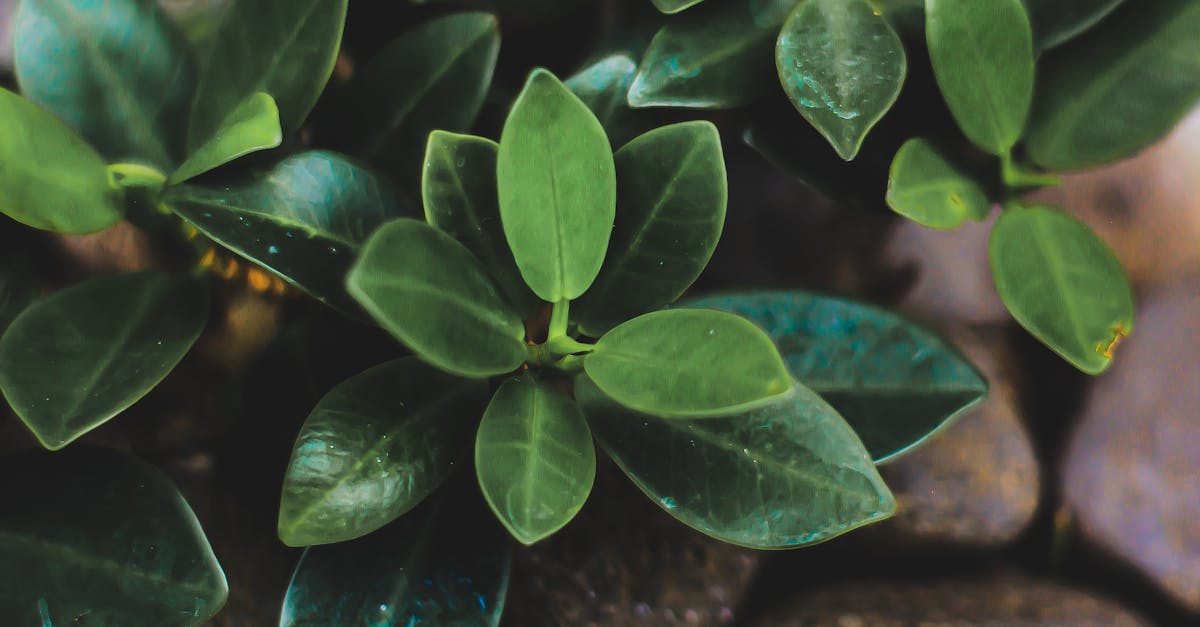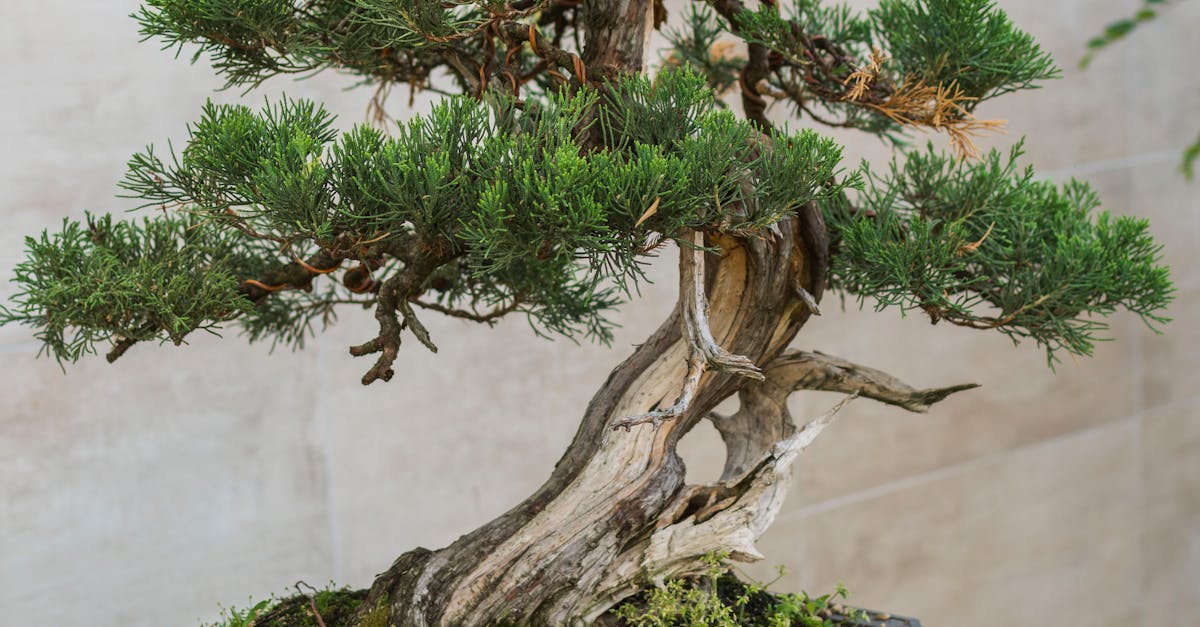Unveiling the Secrets of Ficus Bonsai: A Journey of Cultivation and Style

Unlocking the Enchanting Art of Ficus Bonsai
Embrace the captivating world of Ficus bonsai, an art form that unfolds the beauty of nature in miniature. With its rich history, distinctive characteristics, and boundless potential for creativity, Ficus bonsai has captivated enthusiasts worldwide. This comprehensive guide will unveil the secrets of cultivating and styling Ficus bonsai, empowering you to create living masterpieces that embody tranquility and harmony.
Embark on a journey to master the delicate art of Ficus bonsai. Discover the intricacies of its care, from nurturing its growth to shaping its form. Explore various bonsai styles and techniques, transforming your Ficus into a symbol of patience, perseverance, and artistic expression. Whether you’re a seasoned bonsai enthusiast or embarking on your first venture into this captivating art, this guide will accompany you every step of the way. Prepare to be immersed in the world of Ficus bonsai, where nature’s artistry meets human creativity.
1. Unveiling the Enchanting World of Ficus Bonsai
Unveiling the Enchanting World of Ficus Bonsai
Bonsai, the ancient art of cultivating miniature trees, has captivated enthusiasts for centuries. Among the diverse species used for bonsai, Ficus stands out as a remarkably versatile and rewarding choice. Originating in tropical and subtropical regions around the world, Ficus trees possess inherent characteristics that make them ideally suited for the art of bonsai. Their small leaves, compact growth habit, and ability to withstand pruning and shaping contribute to their popularity among bonsai artists.
Ficus bonsai has gained immense popularity due to its adaptability and resilience. Unlike many other bonsai species, Ficus can tolerate a wide range of growing conditions, making them suitable for beginners and experienced enthusiasts alike. Their durability and ability to recover from mistakes make them an excellent choice for those just starting their bonsai journey. Additionally, the diverse species of Ficus, each with its unique characteristics, offer endless possibilities for creating distinct and captivating bonsai specimens.
Embracing the art of Ficus bonsai is an invitation to connect with nature’s artistry and express one’s creativity. Whether you seek to create a traditional formal upright style or explore the whimsical possibilities of a cascading style, Ficus bonsai offers a canvas for artistic expression. With patience, dedication, and the guidance provided in this comprehensive guide, you can unlock the secrets of Ficus bonsai and cultivate a living masterpiece that brings tranquility and beauty to your space.
2. Cultivating the Perfect Ficus Bonsai: A Comprehensive Care Guide

Cultivating the Perfect Ficus Bonsai: A Comprehensive Care Guide
Embarking on the journey of cultivating Ficus bonsai requires a commitment to providing optimal care and attention. Watering, fertilizing, pruning, and repotting are essential aspects of bonsai care, and understanding the specific needs of Ficus bonsai is crucial for their well-being.
Watering is a delicate balance, as both underwatering and overwatering can harm your bonsai. During the growing season, water your Ficus bonsai when the soil surface feels slightly dry to the touch. Avoid letting the soil completely dry out, as this can lead to stress and leaf drop. In the winter months, reduce watering frequency as the tree enters dormancy. Use room-temperature water and avoid getting the leaves wet, as this can promote fungal growth.
Fertilizing your Ficus bonsai regularly provides essential nutrients for healthy growth and vibrant foliage. Use a balanced bonsai fertilizer diluted to half strength during the growing season, applying it every two to four weeks. Avoid over-fertilizing, as this can damage the roots. During the winter months, reduce or停止fertilizing altogether.
Pruning is a crucial technique for shaping and maintaining the desired form of your Ficus bonsai. Prune regularly to remove dead or overgrown branches, encourage new growth, and direct the tree’s energy towards developing a strong structure. Use sharp, clean pruning shears to make precise cuts, and always seal larger wounds with a wound paste to prevent infection.
Repotting your Ficus bonsai every two to three years or when the roots become pot-bound is essential for maintaining its health and vigor. Choose a pot with drainage holes and a size that is slightly larger than the root ball. Use a well-draining bonsai soil mix and gently tease out any tangled roots before repotting. After repotting, water the bonsai thoroughly and place it in a shaded area to recover.
3. Styling Techniques for an Exquisite Ficus Bonsai
Styling Techniques for an Exquisite Ficus Bonsai
The art of bonsai extends beyond cultivation and care, encompassing the creative expression of shaping and styling the tree to achieve a desired aesthetic. Ficus bonsai, with their natural beauty and adaptability, offer a wide range of styling possibilities. Explore various techniques to transform your Ficus bonsai into a captivating work of art.
The formal upright style, with its strict adherence to symmetry and balance, exudes an air of elegance and sophistication. To achieve this style, select a Ficus with a straight trunk and prune the branches to create a conical shape. The branches should be arranged in tiers, with each tier slightly shorter than the one below. The informal upright style, on the other hand, allows for more freedom and asymmetry while maintaining a sense of balance. The trunk can be slightly curved or leaning, and the branches can be arranged in a more natural, cascading fashion.
For a more dramatic effect, consider the cascading style, where the branches flow gracefully downwards, creating a sense of movement and fluidity. This style is best achieved with a Ficus species that has flexible branches, such as Ficus microcarpa. Train the branches to grow downwards by carefully bending and securing them with wire. Over time, the branches will develop a natural cascading shape, adding a touch of whimsy and charm to your bonsai.
4. Troubleshooting Common Ficus Bonsai Problems

Troubleshooting Common Ficus Bonsai Problems
Cultivating Ficus bonsai is a rewarding endeavor, but it’s not without its challenges. Various issues can arise, affecting the health and aesthetics of your bonsai. Timely identification and proper treatment are crucial to ensure the well-being of your miniature tree.
Leaf drop is a common problem that can be caused by several factors, including underwatering, overwatering, lack of light, or nutrient deficiency. Determine the underlying cause by observing the overall condition of your bonsai. Adjust watering frequency, provide adequate light, and fertilize regularly to address these issues. Yellowing leaves, on the other hand, can indicate nutrient deficiency, overwatering, or pest infestation. Check for pests and treat accordingly. If the soil is soggy, reduce watering and allow the soil to dry out before watering again.
Pests can pose a threat to your Ficus bonsai, causing damage to leaves and stems. Mealybugs, aphids, and scale are common pests that can be controlled using insecticidal soap or neem oil. Regular inspection and prompt treatment are essential to prevent infestations from spreading. Diseases, though less common, can also affect Ficus bonsai. Fungal diseases, such as root rot and leaf spot, can be treated with fungicides. Maintaining proper watering practices and avoiding overwatering can help prevent these issues.
5. A Gallery of Ficus Bonsai Masterpieces
A Gallery of Ficus Bonsai Masterpieces
The world of Ficus bonsai is a realm of artistic expression, where skilled artisans transform ordinary trees into living works of art. This gallery showcases a collection of stunning Ficus bonsai specimens, each a testament to the dedication and creativity of experienced bonsai artists.
Behold the majesty of a formal upright Ficus bonsai, its trunk standing tall and straight, its branches reaching skyward in perfect symmetry. Marvel at the intricate cascade of an informal upright Ficus, its branches flowing downwards like a gentle waterfall, creating a sense of movement and grace. Let your eyes linger on the delicate beauty of a literati-style Ficus bonsai, its sparse branches and understated elegance evoking the spirit of ancient Chinese scholars.
Through the insights of renowned bonsai artists, discover the techniques and philosophies behind these exceptional creations. Learn about the careful pruning, wiring, and shaping that bring out the inherent beauty of the Ficus tree. Explore the diverse range of styles and forms, from the traditional to the contemporary, showcasing the boundless possibilities of Ficus bonsai cultivation.
What is the best soil for Ficus bonsai?
Ficus bonsai prefer a well-draining soil mix that is slightly acidic. A mixture of akadama, pumice, and lava rock is ideal. You can also add some organic matter, such as peat moss or compost, to help retain moisture.
How often should I water my Ficus bonsai?
Water your Ficus bonsai when the soil surface feels slightly dry to the touch. During the growing season, you may need to water more frequently, especially if the weather is hot and dry. In the winter months, reduce watering frequency as the tree enters dormancy.
How do I prune my Ficus bonsai?
Prune your Ficus bonsai regularly to maintain its desired shape and size. Use sharp, clean pruning shears to make precise cuts. Remove any dead or overgrown branches, and encourage new growth by pruning back long shoots.
How do I repot my Ficus bonsai?
Repot your Ficus bonsai every two to three years or when the roots become pot-bound. Choose a pot that is slightly larger than the root ball and has drainage holes. Use a well-draining bonsai soil mix and gently tease out any tangled roots before repotting.
What are some common pests and diseases that affect Ficus bonsai?
Common pests that affect Ficus bonsai include mealybugs, aphids, and scale. These pests can be controlled using insecticidal soap or neem oil. Common diseases that affect Ficus bonsai include root rot and leaf spot. These diseases can be treated with fungicides.


